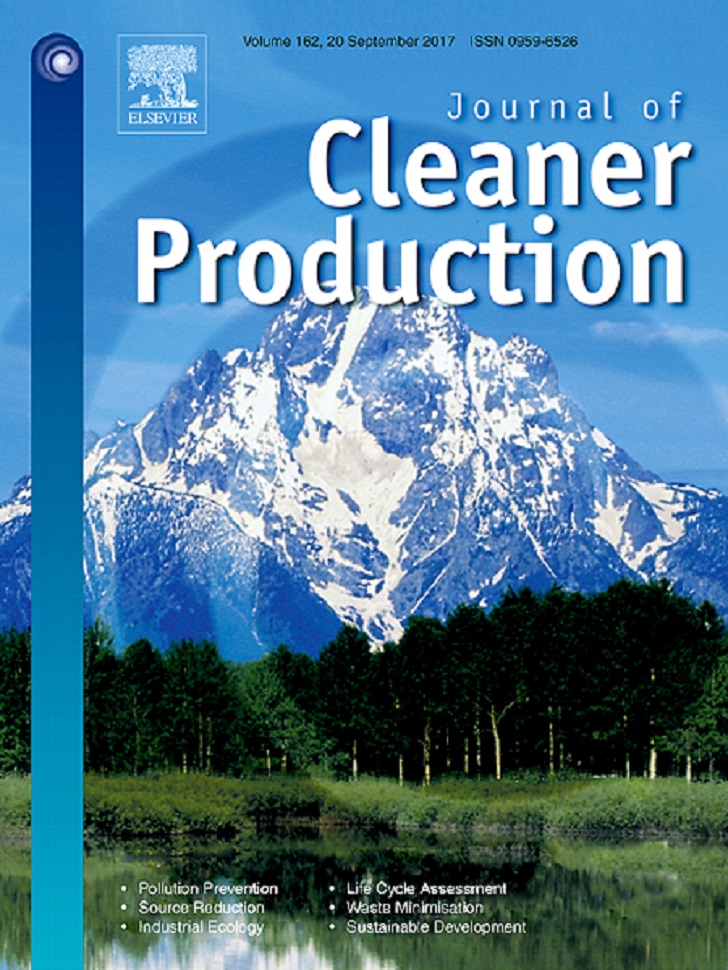
The research article 'A review of emerging trends in membrane science and technology for sustainable water treatment' has been published in Elsevier's Journal of Cleaner Production.
Abstract
Access to clean and potable water will continue to be a global challenge in as much as sustainable solutions are far-fetched. It has become highly imperative to improve the efficiency of conventional membrane science and technologies for water treatment in order to reduce their deleterious impact on the environment. Some sustainability solutions have been proposed and studied in the past decade. Therefore, a critical and comprehensive review of emerging trends in sustainable membrane-based desalination and wastewater treatment is presented in this paper.
Some of the emerging trends in membrane science and technology for sustainable desalination and circular economy solutions include the reuse of membranes, reuse of waste brine or sludge, energy harvesting from wastes, and waste reduction by membrane antifouling approaches. RO membranes that have reached their end-of-life are reused as UF and NF membranes whereas extremely damaged membranes are used in membrane biofilm reactors or as support materials for recycled anion-exchange membranes. There is more research on processes integrated with PRO for energy harvesting from wastes. The use of membrane-based ZLD approaches are also being intensified for enhanced water recovery, solute recovery, and recovery of precious metals and chemicals from wastewater and desalination concentrates. More sustainable materials such as QDs and green solvents for membrane synthesis are being developed but more research with respect to their toxicity should be carried out. Many traditional membrane synthesis methods such as casting, coating, grafting, and vapor deposition do not support rapid prototyping. 3D and 4D printing has attracted recent research attention for rapid prototyping and flexibility in the manufacturing of membrane module materials. AI tools have also been presented in recent studies as effective future solutions for decision making and for the prediction, operation, and control of membrane-based water treatment processes. The challenges associated with these emerging trends are also discussed in this review.




